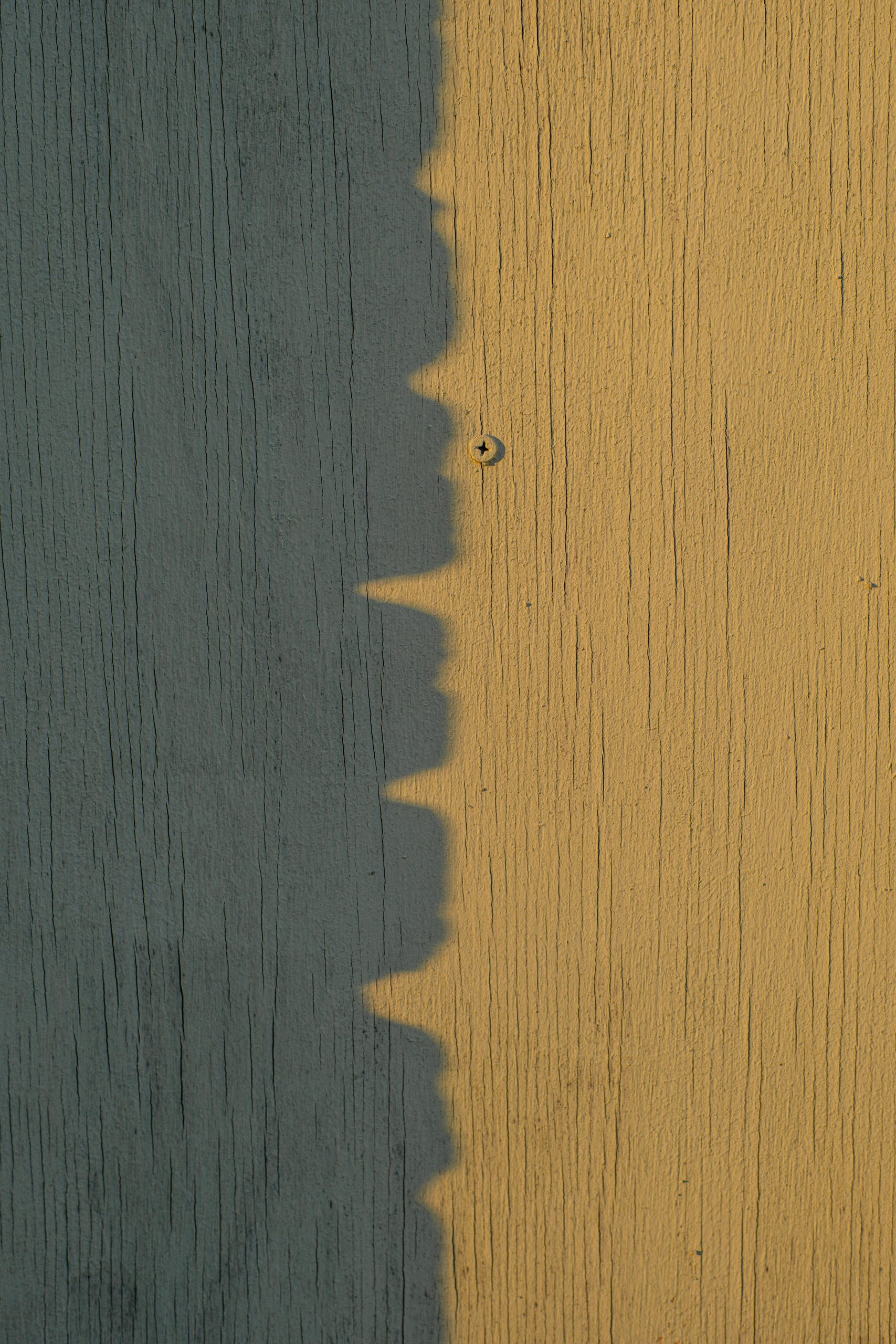Unlocking Memories: How to Access Data from a 25-Year-Old Hard Drive
In today’s digital age, preserving cherished memories often involves navigating technological relics of the past. If you’ve recently come across an old hard drive from decades ago, like a 25-year-old one discovered in your grandmother’s antique computer setup, you might be wondering how to rescue those valuable family photos stored on it. The hard drive likely connects using large ribbon cables, a style that can seem foreign when working with modern PCs, which use more streamlined connection options.
Fear not; retrieving data from such vintage technology is possible with a bit of guidance and perhaps some expert advice. Here’s a step-by-step approach to help you reconnect with those long-lost memories:
1. Identify the Connector Type:
First, you’ll want to determine the type of connector the hard drive uses. Older drives often utilize IDE (Integrated Drive Electronics) connectors, characterized by their wide ribbon cables and a series of pins. Knowing the connector type will guide you in finding the appropriate adapter.
2. Acquire an Adapter or Enclosure:
To connect the old drive to a modern computer, you’ll need an IDE to USB adapter, which allows old drives to interface with contemporary systems via USB. Alternatively, an external hard drive enclosure compatible with IDE drives can be employed, turning your old hard drive into an external drive that easily connects to new machines.
3. Handle with Care:
When dealing with old hardware, proceed with caution. Ensure you’re grounded to avoid static electricity damage. Also, handle the drive gently to prevent any mechanical damage.
4. Connect and Transfer Data:
Once your adapter or enclosure is ready, plug the drive into your current PC using the USB connection. Your operating system should recognize the drive as an external storage device, enabling you to navigate through its content and copy the photos onto a more stable medium.
5. Seek Professional Help if Necessary:
If the drive remains unreadable or if you’re unsure about any step, consider reaching out to a Data Recovery specialist. These experts have the tools and knowledge to safely retrieve data without risking damage to the drive.
Remember, while technology progresses, preserving fond memories is timeless. By following these steps, you can bring your grandmother’s photos back to life and ensure her legacy continues to be cherished by future generations.
Share this content:




Response to: Unlocking Memories: How to Access Data from a 25-Year-Old Hard Drive
Hello! It’s great to see initiatives like this to recover precious memories from older hardware. As a tech enthusiast, I’d like to add a few thoughts and tips to your wonderful breakdown:
Further Insights on Identifying Connector Types:
When determining the connector type, if you’re unsure whether it’s IDE or even an older SCSI (Small Computer System Interface), consider referring to the hard drive’s model number. Online databases or forums can provide detailed specifications.
Additional Adapter Options:
If you encounter a situation where the IDE to USB adapter seems insufficient—like if the hard drive requires more power than the USB port can provide—you might need an adapter with its own power supply. This can help ensure that the drive receives the necessary current to spin up and function correctly.
Data Safety Precautions:
In addition to grounding yourself, it might be wise to connect the drive in a low-humidity environment, as moisture can also lead to significant issues when working with older technology.
Alternative Recovery Options:
If you’re looking to recover particularly precious data, consider imaging the entire hard drive first using specialized Software, like Clonezilla or ddrescue. This way, you’ll have a backup to work